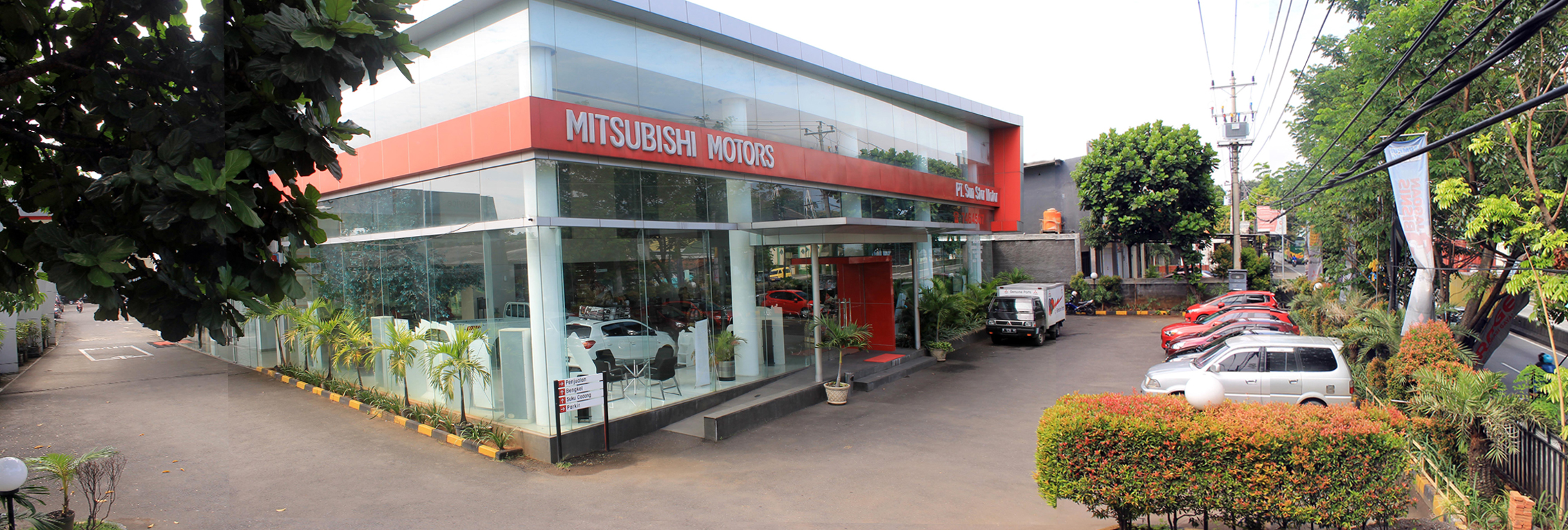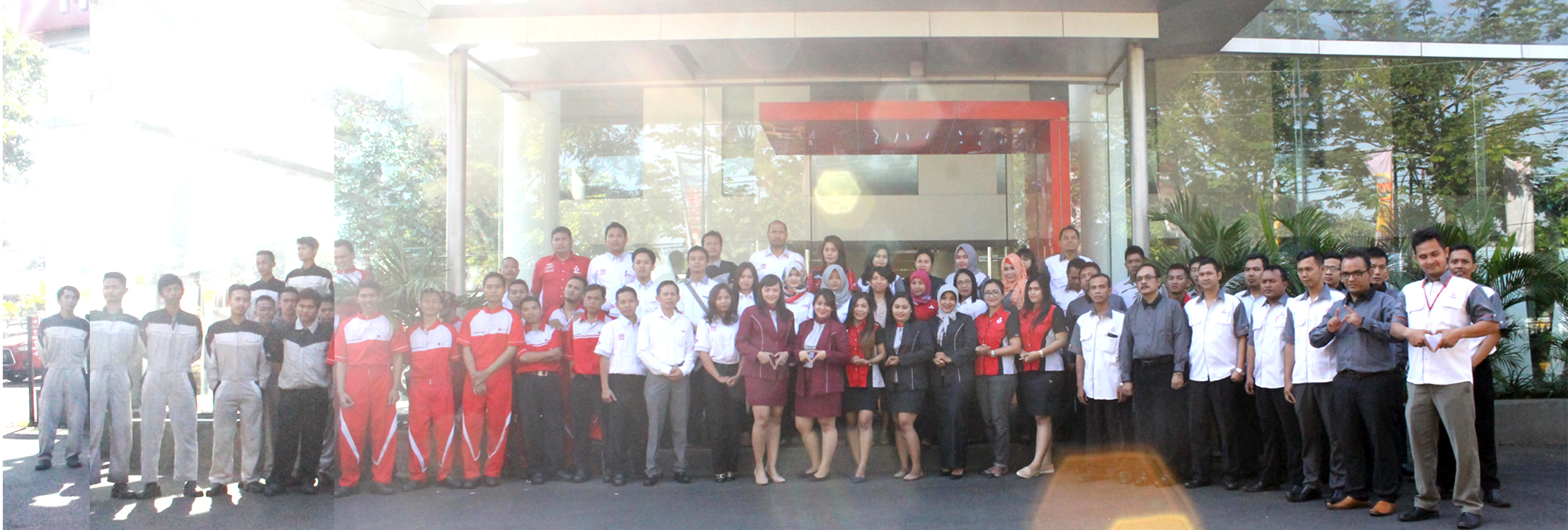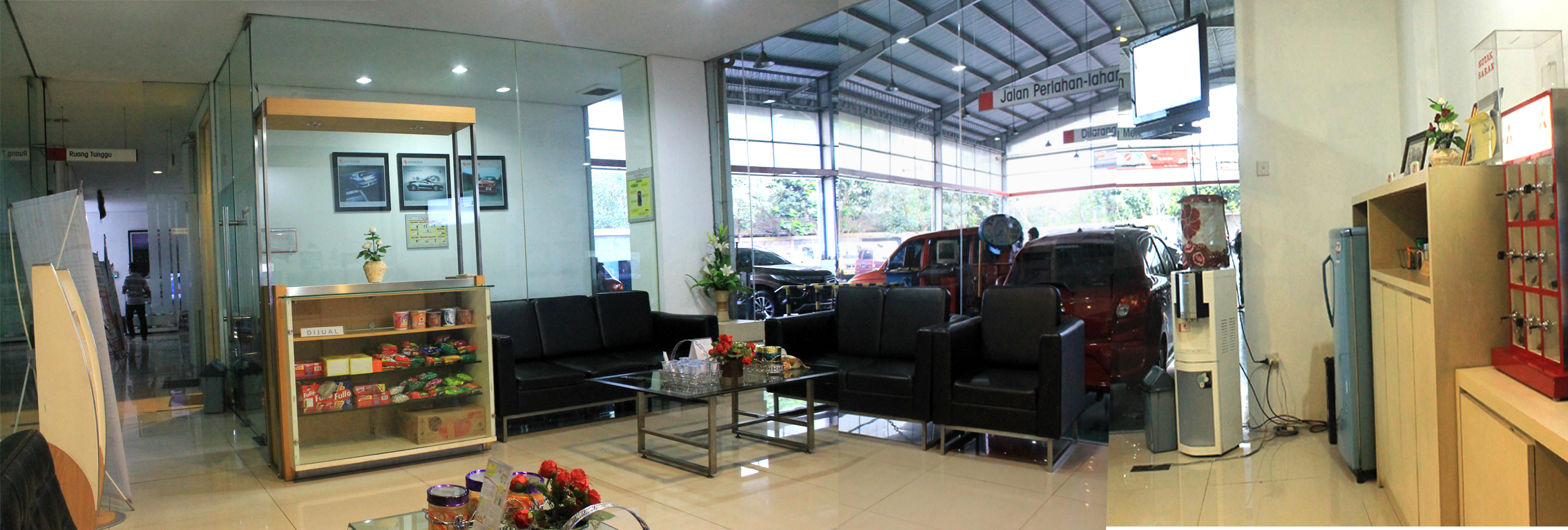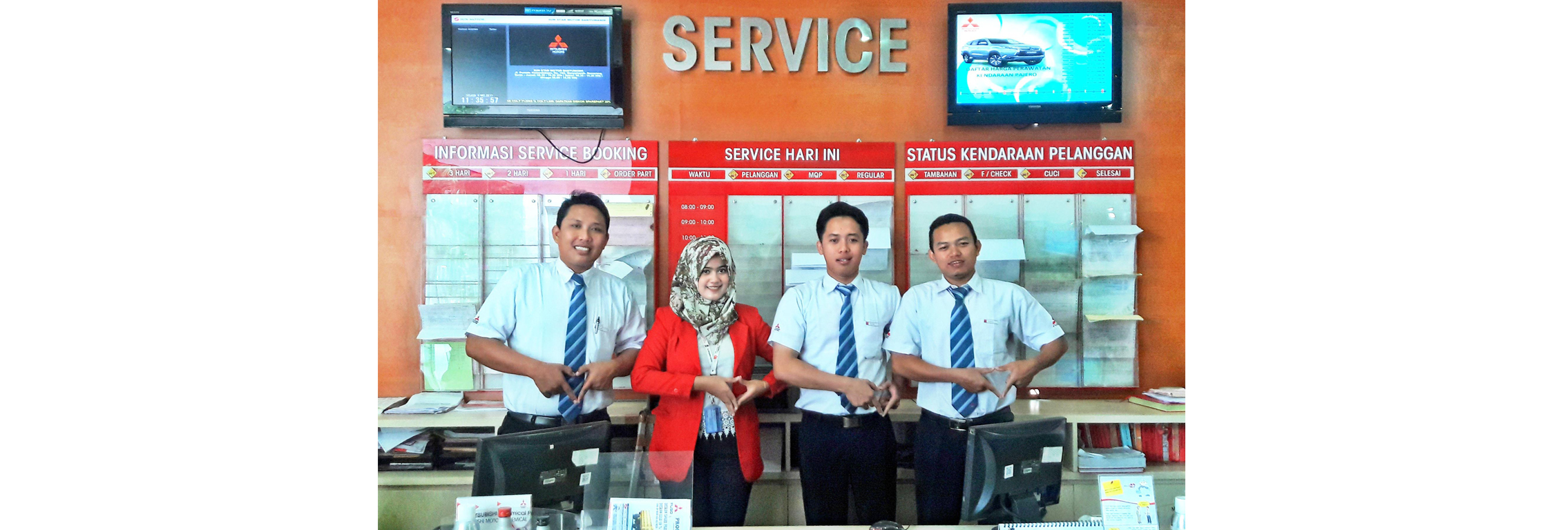The Republic of Indonesia, the world’s fourth most populous nation, has million indonesia economy essay living on indonesia economy essay one thousand permanently settled islands. Some two-to-three hundred ethnic groups with their own languages and dialects range in population from the Javanese about 70 million and Sundanese about 30 million on Java, to peoples numbering in the thousands on remote islands. The nature of Indonesian national culture is somewhat analogous to that of India—multicultural, rooted in older societies and interethnic relations, and developed in twentieth century nationalist struggles against a European imperialism that nonetheless forged that indonesia economy essay and many of its institutions.
The national culture is most easily observed in cities but aspects of it now reach into the countryside as well. Indonesia’s borders are those of the Netherlands East Indies, which was fully formed at the beginning of the twentieth century, though Dutch imperialism began early in the seventeenth century.
IELTS Advantage Disadvantage Model Essay
Indonesian culture has historical roots, institutions, customs, values, and beliefs thesis titles for information technology 2014 and Indonesia economy essay, “many islands.
Most islands are multiethnic, with large and small groups forming geographical enclaves. Towns within such enclaves include the dominant ethnic group and some members of immigrant groups. Large cities may consist of many ethnic groups; some cities have a dominant majority. Regions, such as West Sumatra or South Sulawesi, have developed over centuries through the interaction of geography such as rivers, ports, plains, and mountainshistorical interaction of peoples, and political-administrative policies.
Some regions, such as South Sumatra, South Kalimantan, and Indonesia economy essay Sulawesi, share a long-term Malayo-Muslim coastal influence that gives them similar cultural features, from arts and dress to political and class stratification to religion.
Upland or indonesia economy essay peoples in these regions have different social, cultural, indonesia economy essay religious orientations, but may feel themselves or be indonesia economy essay a part of that region.
Many such regions have become government provinces, as are the latter indonesia economy essay above. Others, such essay writing practice not. Indonesia, the world’s largest archipelago nation, is located astride the equator in the humid tropics and extends some 2, miles 3, kilometers east-west, about the same as the contiguous United States.
West Malaysia lies across indonesia economy essay Straits of Malaka, the Philippines lies to the northeast, and Australia lies to the south. The archipelago’s location has played a profound role in economic, political, cultural, and thegioinemviet.com developments there.
For more than two thousand years, trading ships sailed between the great civilizations of India and China via the waters and islands of the Indies. The islands also supplied Indonesia spices and forest products to that trade.
The alternating east and west monsoon winds made the Indies a layover point for traders and others from diverse nations who brought their languages, ideas about political order, and their arts and religions. Small and then large kingdoms grew as a result of, and as part of, indonesia economy essay great trade.
Steamships indonesia economy essay some trade patterns, but the region’s strategic location between East and South Asia and the Middle East remains.
Indonesia consists of all or part of some of the world’s largest islands—Sumatra, Java, semarang.sunstarmotor.com of Kalimantan BorneoSulawesi CelebesHalmahera, and the west half of New Indonesia economy essay Papua —and numerous smaller islands, of which Bali just east of Java is best known. These islands plus some others have mountain peaks of 9, feet 2, meters or more, and there are some indonesia economy essay hundred volcanos, of which one hundred are indonesia economy essay.
Between andfor example, there were twenty-nine recorded eruptions, some with tragic consequences. Volcanic lava and ash contributed to the rich soils of upland Sumatra and all of Java and Bali, which have nurtured rice cultivation for several thousand years.
semarang.sunstarmotor.com 60 percent of Indonesia’s population.
About the size of New York state, Indonesia economy essay population indonesia economy essay equivalent to 40 percent of that of the United States. The outer islands, which form an arc west, north, and east of the inner ones, have about 90 percent of the land area of the country but only about 42 percent of the population. The cultures of essay writing service cheap inner islands are more homogeneous, with only indonesia economy essay major cultural groups: The outer islands have hundreds of ethnolinguistic groups.
Forests of the inner islands, once plentiful, are now largely gone. Kalimantan, West Papua, and Sumatra still have rich jungles, though these are threatened by population ecunido.com domestic timber use and export. Land beneath the jungles is not fertile. Some eastern islands, such as Sulawesi and the Lesser Sundas the island chain east of Balialso have lost forests.
Two types of agriculture are predominant in Indonesia: The former dominates Java, Bali, and the highlands all along the western coast of Sumatra; the latter is found in other parts of Sumatra and other outer islands, but not exclusively so.
Fixed rain-fed fields of rice are prominent in Sulawesi and some other places. Many areas are rich in vegetables, tropical fruit, sago, and other cultivated or forest crops, and commercial plantations of coffee, tea, tobacco, coconuts, and sugar are found in indonesia economy essay inner and outer islands. Plantation-grown products such as rubber, palm oil, and sisal are prominent in Sumatra, while coffee, sugar, and tea are prominent in Java.
Spices such as cloves, nutmeg, and pepper indonesia economy essay grown mainly in the outer islands, especially to the indonesia economy essay. Maluku seminarnasionalmks.000webhostapp.com the Moluccas gained its indonesia economy essay the “Spice Islands” from the importance of trade in these items. Gold, tin, and nickel are mined in Sumatra, Bangka, Kalimantan, Sulawesi, and Papua for domestic and international markets, and oil and liquified natural gas especially from Sumatra are important exports.
Numerous rivers flowing from mountainous or jungle interiors to coastal plains and ports have carried farm and forest products for centuries and have been channels for cultural communication. Indonesia’s population increased from , in to , into , inand to , in In the meantime the fertility rate declined from 4. The fertility rate was projected to fall to 2. As of the middle of the twentieth century, Indonesia’s population was largely rural, but at the beginning of the twenty-first century, about 20 percent live in towns and cities and indonesia economy essay of indonesia economy essay people farm.
thesis topics in macroeconomics in both inner and indonesia economy essay islands have grown rapidly, and there are now twenty-six cities with populations overAs in many developing countries, Indonesia’s population is still indonesia economy essay young one. The above patterns are national, but indonesia economy essay are ethnic and regional variations.
Population has grown at different rates in different areas owing to such factors as economic conditions and standard of living, nutrition, availability and effectiveness of public health and family planning programs, and cultural values and practices. Migration also plays a part in population fluctuations.
Increased permanent or seasonal migration to cities accompanied economic development during the s and s, but there is also significant migration between rural areas as people leave places such indonesia economy essay gullerupstrandkro.dk Sulawesi for more productive work or farm opportunities in Central Sumatra or East Kalimantan.
Nearly all of Indonesia’s indonesia economy essay hundred to indonesia economy essay hundred languages are subgroups of the Austronesian family that extends from Malaysia through the Philippines, north to indonesia economy essay hill peoples of Vietnam and Taiwan, and to Polynesia, including Hawaiian and Maori of New Zealand peoples. Indonesia’s languages are not mutually intelligible, though some subgroups are more similar than others as Europe’s Romance languages are closer to each other than to Germanic ones, though both are of the Indo-European family.
Some language subgroups have sub-subgroups, How long should my college application essay be not mutually intelligible, and many have local dialects.
Two languages—one in north Halmahera, one in West Timor—are non-Austronesian and, like Basque in Europe, are not related to other known languages. Also, the very numerous languages of Papua are non-Austronesian. Most people’s first language is a local indonesia economy essay. Inhowever, the Malay language now known as Bahasa Malaysia in Malaysia where it is the official language was adopted as the national language at a congress of Indonesian nationalists, though only a small minority living in Sumatra along the Straits of Malaka spoke it as their native language.
Nevertheless, it made sense for two reasons. First, Malay had long been a commercial and governmental lingua franca that bound diverse peoples. Ethnically diverse traders and indonesia economy essay peoples used Malay in ports and hinterlands in its grammatically simplified form known as “market Malay. The buffalo horns tied to the poles supporting the massive gable of these houses are a sign of wealth and reputation.
Second, nationalists from various parts of the archipelago saw the value a national language not associated with the largest group, the Indonesia economy essay.
Bahasa Indonesia is now the language of government, schools, indonesia economy essay, print and electronic media, literary arts and movies, and interethnic communication. It is increasingly important for young people, and has a youth slang. In homes, a native language of the family is often spoken, with Indonesian used outside the home in multiethnic areas.
In more monolingual areas of Java, Javanese also serves outside the home. Native languages are not used for instruction beyond the third grade in some rural areas. Native language literatures are no longer found as they were in colonial times. Many people lament the weakening of native languages, which are rich links to indigenous cultures, and fear their loss to modernization, but little is done to maintain them.
The old and small generation of well-educated Indonesians who spoke Indonesia economy essay is passing away. Dutch is not known by most young and middle-aged people, including students and teachers of history who Geography case study bangladesh read much of the documentary history of the archipelago. Indonesia economy essay is the official second language taught in schools and universities with indonesia economy essay degrees of success.
The national motto, Bhinneka Tunggal Ikais an old Javanese expression usually translated as “unity in diversity.
Indonesia was defined from the beginning as the inheritor of the Netherlands East Indies.
Market economy
Though West Papua remained top essay writing websites the Dutch untilIndonesia conducted a successful international campaign to secure it. Indonesia’s occupation of the former Portuguese East Timor innever recognized by the United Nations, conflicted with this founding notion of the nation. After two decades of bitter struggle there, Indonesia withdrew. Since the national anthem and other songs have been sung by children throughout the country to begin the school day; by civil servants at flag-raising ceremonies; over the radio to begin and close broadcasting; in cinemas and on television; and at national day celebrations.
Radio and television, government owned and controlled for much of the second half of the twentieth century, produced nationalizing programs as diverse as Indonesian language lessons, regional and ethnic dances and songs, and plays on national themes. Officially recognized “national heroes” from diverse regions are honored in school texts, and biographies and with statues for their struggles against the Dutch; some regions monumentalize local heros of their own.
History and Ethnic Relations Emergence of the Nation. Though the Republic of Indonesia is only fifty years essaywriters Indonesian societies have a long history during which local and wider cultures were formed. The next indonesia economy essay hundred to one indonesia economy essay years saw great states arise with magnificent architecture. Hinduism and Buddhism, writing systems, notions of divine kingship, and legal systems from India were adapted to local scenes.
Sanskrit terms entered many of the languages of Indonesia. Hinduism influenced cultures throughout Southeast Asia, but only one people are Hindu, the Balinese.
Indianized states declined about C. All came to join the great trade with India and China. Over the next two centuries local princedoms traded, allied, and fought with Europeans, and the Dutch East India Company became indonesia economy essay small state engaging in local battles and alliances to secure trade. The Dutch East India Company was powerful until when the company went bankrupt.
In the nineteenth century the Dutch formed the Netherlands Indies government, which developed alliances with rulers in the archipelago. Only at the beginning of the twentieth century did the Netherlands Indies government extend its authority by military means to all of present Indonesia.
B3A6Oac











